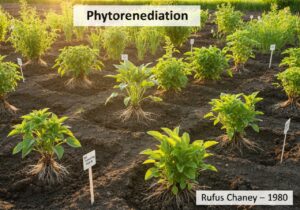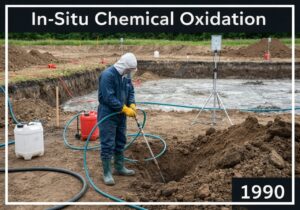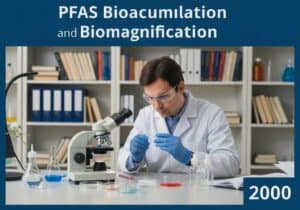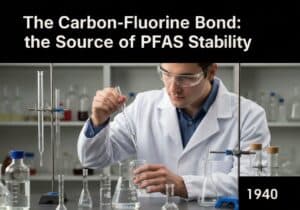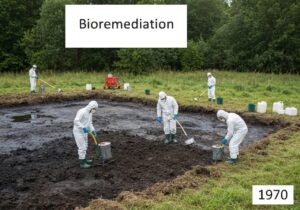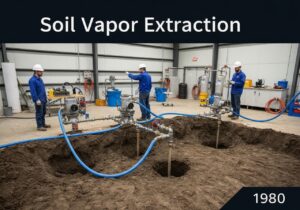Fluorescent Whitening Agents, also known as optical brightening agents (OBAs), are chemical compounds that enhance the perception of whiteness. They absorb light in the ultraviolet (UV) spectrum, which is invisible to the human eye, and re-emit it as light in the blue region of the visible spectrum. This blue light counteracts any residual yellow or cream cast in a material.
Fluorescent Whitening Agents (FWAs)
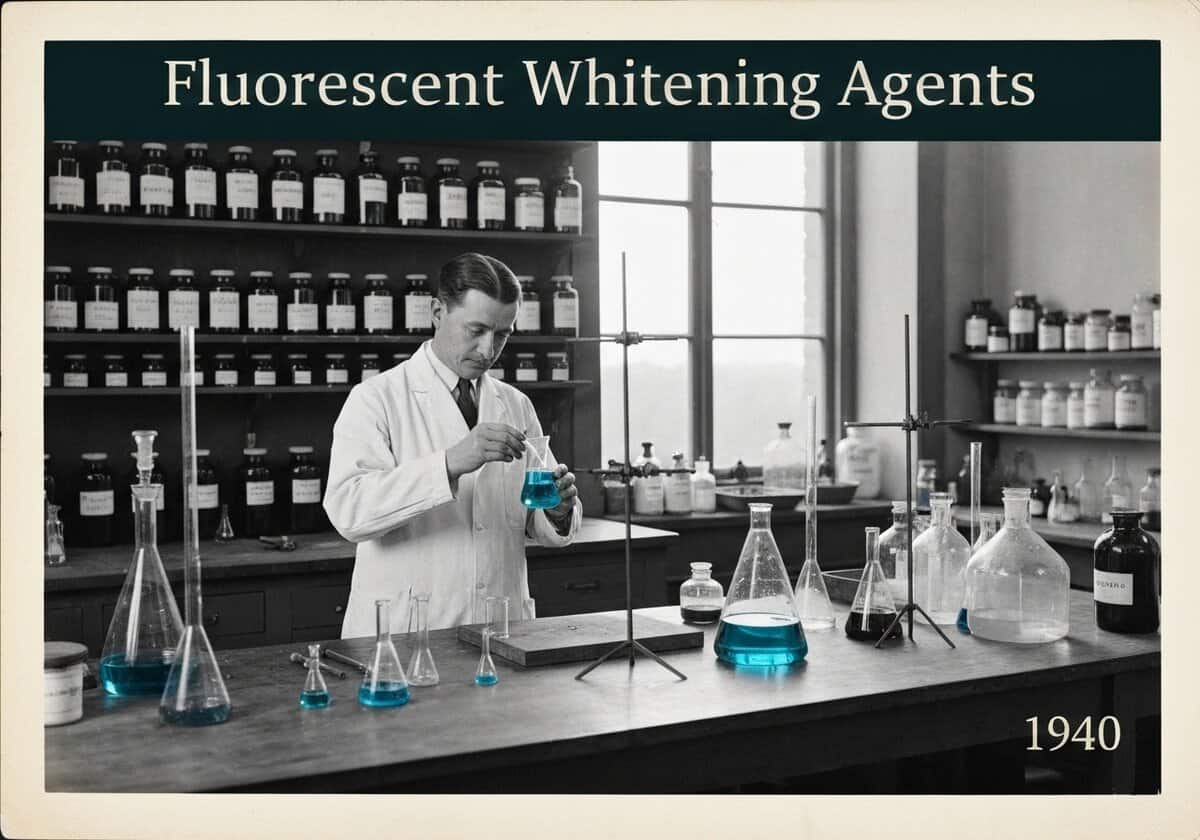
Fluorescent Whitening Agents (FWAs) are a key technology for achieving high levels of whiteness in many consumer and industrial products. Their mechanism relies on the phenomenon of fluorescence. FWAs are designed to absorb high-energy photons from the near-ultraviolet range (typically 340–370 nm) and, through a process of electronic excitation and relaxation, re-emit lower-energy photons in the blue part of the visible spectrum (typically 420–470 nm). This emitted blue light adds to the light reflected by the material, making it appear brighter. More importantly, the blue emission masks the inherent yellowish appearance common in many natural and synthetic materials like cotton, wool, and paper pulp. This masking effect shifts the material’s color towards blue, which the human eye perceives as ‘whiter than white.’ The effectiveness of an FWA depends on the presence of a UV component in the viewing light source. For this reason, whiteness measurements of FWA-treated materials must be performed under a calibrated illuminant with a known UV content, such as CIE Standard Illuminant D65, which simulates daylight. Without UV energy, the FWA is inactive, and the material will appear less white. This is why white clothes can look different indoors under incandescent light (low UV) compared to outdoors in daylight (high UV).
Taper
Perturbation
Usage
Précurseurs
- Discovery of fluorescence by George Stokes in 1852
- Development of synthetic dye chemistry in the 19th century
- Understanding of the CIE color space and human color perception
- Early use of bluing agents (e.g., ultramarine blue) to counteract yellowing
Applications
- laundry detergents
- papier fabrication
- textile finishing
- plastiques production
- cosmetics and personal care products
Brevets:
- US2218374
- DE723555
Idées d'innovations potentielles
!niveaux !!! Adhésion obligatoire
Vous devez être membre de l'association pour accéder à ce contenu.
DISPONIBLE POUR DE NOUVEAUX DÉFIS
Ingénieur mécanique, chef de projet, ingénierie des procédés ou R&D
Disponible pour un nouveau défi dans un court délai.
Contactez-moi sur LinkedIn
Intégration électronique métal-plastique, Conception à coût réduit, BPF, Ergonomie, Appareils et consommables de volume moyen à élevé, Production allégée, Secteurs réglementés, CE et FDA, CAO, Solidworks, Lean Sigma Black Belt, ISO 13485 médical
Nous recherchons un nouveau sponsor
Votre entreprise ou institution est dans le domaine de la technique, de la science ou de la recherche ?
> envoyez-nous un message <
Recevez tous les nouveaux articles
Gratuit, pas de spam, email non distribué ni revendu
ou vous pouvez obtenir votre adhésion complète - gratuitement - pour accéder à tout le contenu restreint >ici<
Contexte historique
Fluorescent Whitening Agents (FWAs)
(si la date est inconnue ou non pertinente, par exemple « mécanique des fluides », une estimation arrondie de son émergence notable est fournie)
Inventions, innovations et principes techniques connexes

